Business Case
Following the workshops, the Service Design Team developed a business case for the future state journey. Data analytics were used to communicate the business value of the future state by mapping key performance indicators to the opportunities articulated in the future service design.
Assessments on the future service design were completed by the Legal, Policy, Compliance, IT, Change Management, Data, and Finance teams, most of whom had been workshop participants. This ensured that the proposed journeys met all legislative requirements, and enabled those areas to bring forth any concerns. The assessments also eliminated organizational silos, increased transparency and buy-in, and extended co-creation opportunities to more “rules” centric teams. The future service experience, along with the assessments, was then presented to C-Suite executives for approval.
Following the conclusion of the service design work, a consolidated end-to-end journey map was created that merged steps from each phase (“leg”) of the service experience to display the future service design from the beginning to end of a claim. This map is now used as a North Star for the organization, and acts as a single source of truth. It continues to drive a shared understanding of the vision for the future.
Simulating the Service Experience
A Model Office was also set up as a working prototype of the future service experience. Model Office integrates the people, process and technology elements across frontstage and backstage touchpoints, iteratively testing them against real research-based scenarios within a simulated work environment.
Services are simulated at increasing levels of fidelity throughout the design, development, and delivery lifecycle, ensuring that we ultimately deliver a positive and cohesive customer experience. The simulations allow us to test assumptions baked into our future service designs, close design gaps, and inform change management and training strategies for both our staff and customers. In doing so, it helps the entire transformation program mitigate risks associated with benefits realization and change, and optimizes the end-to-end customer and employee experiences.
Customers, front line employees, and managers participate in these simulations, while cross-disciplinary project team members observe in real-time from a remote location. The feedback gathered through the simulations ensure that critical improvements are made to services well before launch.
"I learned how innovative we can really be because I think this is amazing, that you are taking perspectives from all different levels of a claim and trying to understand how we can make this work for everyone. I really learned it takes a lot of collaboration." —Customer Service Representative, Model Office Participant
Driving Service Changes
Product and service changes are now derived directly from the future service designs, and the Digital Team uses them as the foundation of their product roadmaps. In fact, the service designs are so respected that when a business area wants to make a decision that is out-of-step with a design, they must bring their case to a Solution Control Board. Their proposal is then assessed against the value and benefits that the future service experience is expected to deliver.


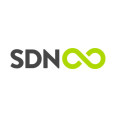
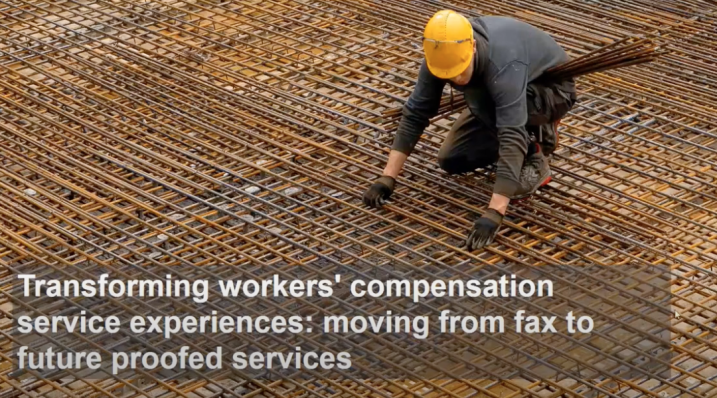
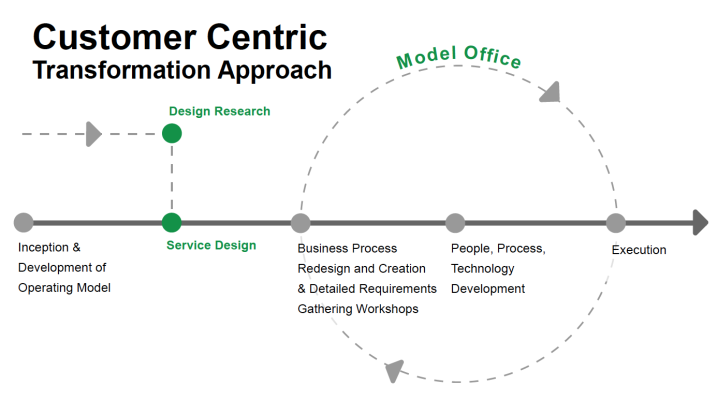
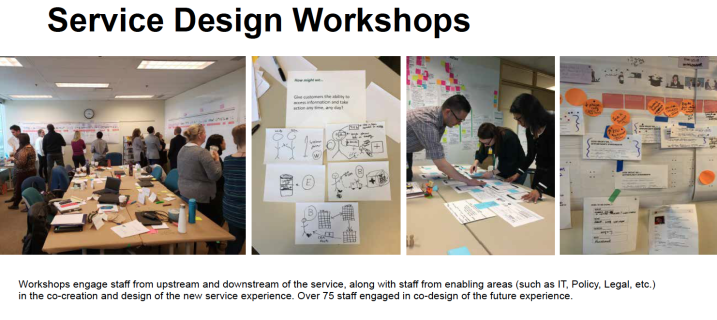
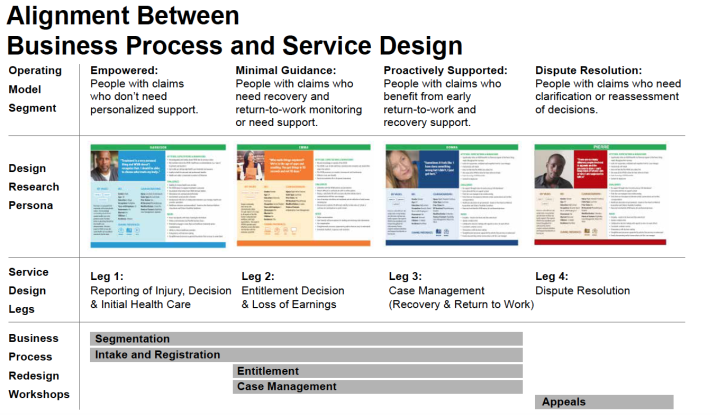
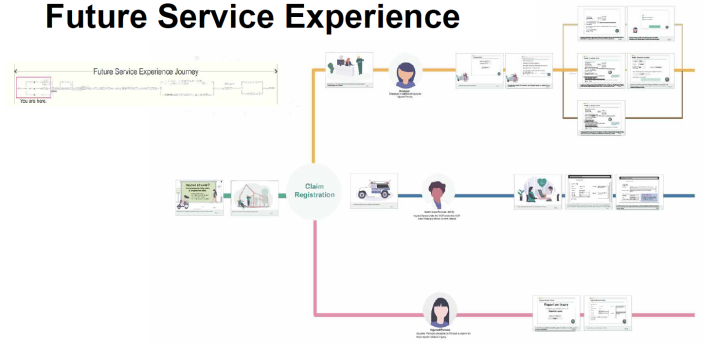
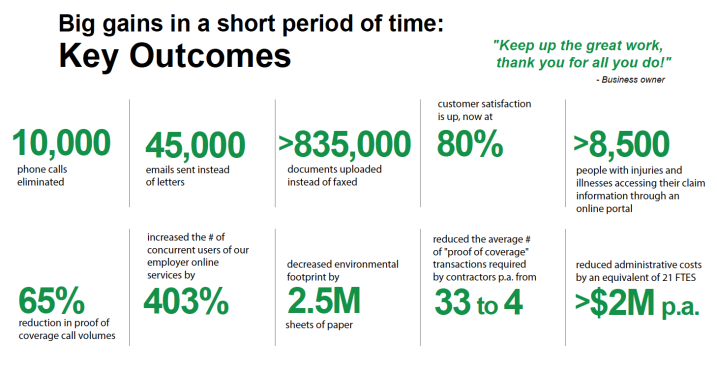
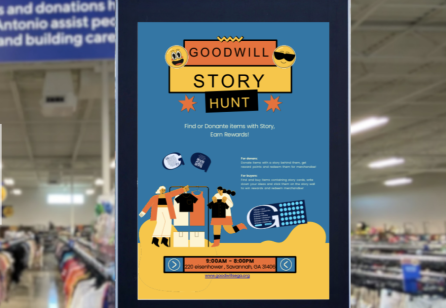
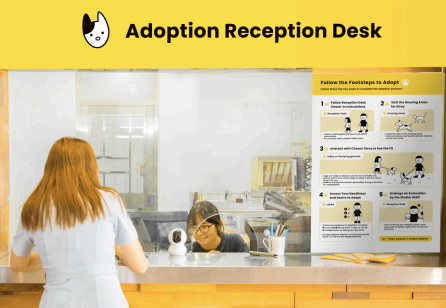
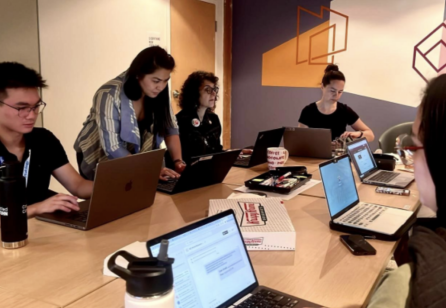
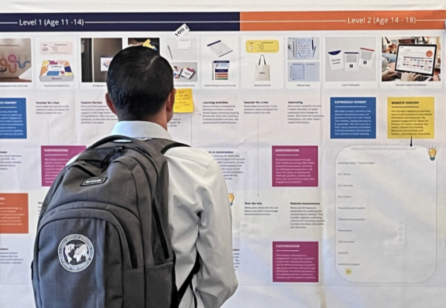

Share your thoughts
0 RepliesPlease login to comment